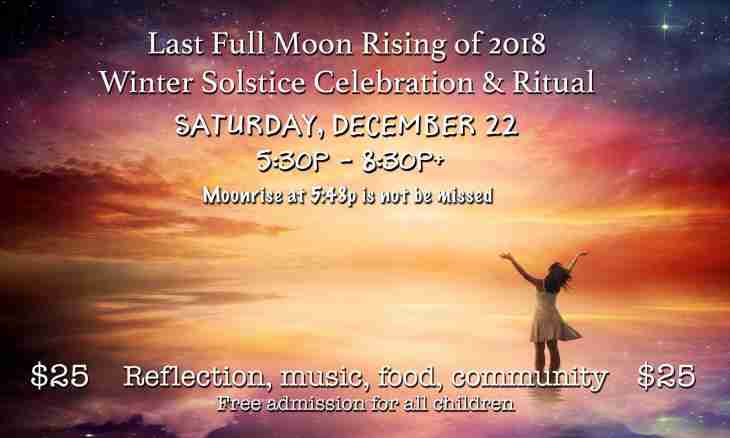The astronomy is one of the most ancient sciences – all civilizations proportioned human life to the movement of stars in the sky. The day length and years are in direct dependence on frequency with which Earth rotates round its pivot-center and around the Sun. Characteristic points of annual rotation of Earth are days of the vernal and autumn equinox, a summer and winter solstice. Dates of holidays and the calendar of agricultural works were dated for them.
Characteristic points of annual rotation of Earth
Orbit on which our planet rotates around the Sun, not a circle, it has the ellipse form. Completely Earth makes the revolution around the Sun in 365 days. Within a year together with change of distance from the equator to the Sun also duration of light day, so, and changes nights. In the northern hemisphere in winter days short, and nights – long, in the summer, on the contrary, day becomes longer, than night. Respectively, there are four characteristic points in a terrestrial orbit when there is the shortest day, the most long day and two days in which day and night on duration are equal.
Days when they on duration are equal to night, are called days of an equinox and drop out for March 21 and on September 21. And those days in which the center of the Sun crosses the ecliptic points, most remote from the equator, are called points of a solstice, winter and summer. In the northern hemisphere the shortest day in a year falls on December 21 or 22, this day of a winter solstice in the southern hemisphere – the shortest night, there at this time summer. The summer solstice for the northern hemisphere falls on June 20 or 21, these days on the southern hemisphere the winter solstice is observed. Fluctuations of dates are explained by leap shift. Astronomers for a point of the beginning of winter take a winter solstice, and for the beginning of summer – summer.
In the northern hemisphere in the spring and at the beginning of summer it is possible to see how every day the Sun rises over the horizon above and above, after day of a summer solstice it begins to fall again – days become shorter, and weather – is colder. The Sun is higher, the otvesny its beams fall, the more it warms up the atmosphere and the Earth's surface. Therefore on the equator where the Sun is in a zenith all the year round, always hot.
Solstice and ancient civilizations
Days of a solstice at many people were the milestone noting a change of seasons, so, these dates along with days of an equinox, became attached also to the calendar of agricultural works. Ancient Egyptian pyramids and cult constructions of the Maya and Aztecs are focused by the sun and are the peculiar sundial noting the beginning of sowing works, harvesting and so forth. The main axis of stone constructions Stonehenge in England and Newgrange in Ireland is oriented by dates of a winter solstice, this day she points to a sunrise point. Many people had festive these days. In Russia since paganism in day of a summer solstice celebrated Ivana Kupalu, in day of winter – the Christmas carol.

